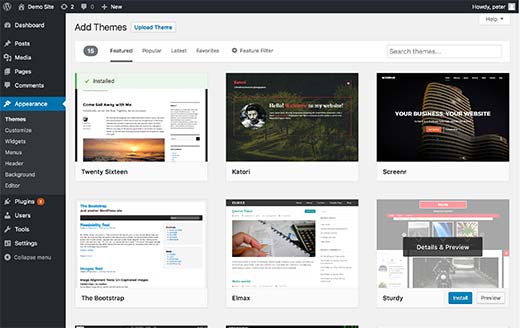If you’re running a website, there’s a good chance you’re using a content management system (CMS) of some sort. And if you’re using a CMS, there’s a good chance you’re using a free one.
While free CMSes have their perks – they’re free, after all – there are some definite advantages to opting for a paid CMS. Here are just a few:
- Support
When you use a free CMS, you’re on your own when it comes to troubleshooting and support. If something goes wrong, you have to figure it out yourself or hope that someone in the community has already encountered and solved your problem.
With a paid CMS, on the other hand, you have access to customer support from the company that developed the software. So if something does go wrong, you can get help right away.
- Security
Security is always a concern when it comes to website software, but it’s especially important for CMSes because they’re often used to manage sensitive content like customer data. Free CMSes may not receive regular security updates, leaving your site vulnerable to attack.
Paid CMSes, on the other hand, are developed by companies with a vested interest in keeping their software secure. They’re more likely to release security updates in a timely manner and offer features like built-in malware scanning.
- Regular Updates
In addition to security updates, paid CMSes also tend to receive regular updates with new features and improvements. This keeps the software current and helps your site stay ahead of the competition. Free CMSes may not be updated as frequently, leaving you with an outdated platform that’s difficult to use.
- Scalability
As your website grows, you’ll need a CMS that can scale along with it. Paid CMSes are designed to handle large websites with ease, while free CMSes may start to break down as your traffic increases. With a paid CMS, you can rest assured that your website will be able to handle whatever traffic comes its way.
- Professionalism
When you use a paid CMS, it sends a message to your visitors that you’re serious about your website and willing to invest in its success. This can inspire confidence and trust, leading to higher conversion rates and more repeat visitors. Free CMSes may not convey the same level of professionalism, which could cost you visitors (and customers).
How to Choose the Perfect Paid WordPress Theme for Your Blog
Choosing a WordPress theme for your blog can be a tough decision. There are so many factors to consider, from the overall design to the specific features you need. And then there’s the price tag.
With so many paid WordPress themes on the market, it can be hard to know which one is right for you. But don’t worry, we’re here to help. In this post, we’ll give you some tips on how to choose the perfect paid WordPress theme for your blog.
- Consider Your Blog’s Subject Matter
When you’re choosing a WordPress theme, it’s important to consider the subject matter of your blog. After all, you want a theme that will complement your content, not clash with it.
For example, if you’re running a food blog, you might want to choose a theme with a clean and simple design. This will make your recipes stand out and make it easy for readers to navigate your site.
On the other hand, if you’re running a fashion blog, you might want a theme with a more stylish design. This will make your site more visually appealing and help you show off your fashion sense.
- Decide What Features You Need
Another important consideration when choosing a WordPress theme is what features you need. Do you want a theme that includes a built-in contact form? Or do you need a theme that’s compatible with WooCommerce?
Be sure to think about the specific features you need before making your final decision. Otherwise, you might end up paying for a theme that doesn’t have everything you need.
- Don’t Forget About SEO
If you’re serious about attracting traffic to your blog, then you need to choose a WordPress theme that’s SEO-friendly. This means choosing a theme that’s fast-loading and mobile-responsive. It also means choosing a theme with clean code that won’t trip up Google’s crawlers.
- Read the Reviews
Before purchasing any WordPress theme, be sure to read the reviews. This will give you an idea of what other users think about the theme and whether or not it’s right for you.
- Get Support From the Developer
Finally, when choosing a paid WordPress theme, be sure to get support from the developer. This way, if you run into any problems with the theme, you can get help from someone who knows what they’re doing.
Purchasing a premium WordPress theme is an investment. But if you follow these tips, you can be sure that you’re making the best decision for your blog.

